A Woebot-style post with a good few images…
I know these designs have been hijacked by “hauntologists” like Belbury Poly but I still love the designs. They conjur up many times spent browsing in charity shops for me, but also hark back to a time when there was a commitment to making accessible, modernist educative texts available as mass-market paperbacks. I’m sure I am being overly romantic, but I would still hazard a guess at the relative merits of bookshops in fifty years ago and now. Sex scenes and racial diversity excepted, perhaps.
Vance Packard was I guess one of the first people to look at the abuse of psychology in the service of capitalism. His “Hidden Persuaders” is fascinating look at the early days of the advertising industry and its manufacturing of desires. “The Waste Makers” examines planned obsolescence – one of the glaring faults of capitalism – paying people to ensure that things break after a certain period of time so that they have to buy a new one and keep the merry go round of commodities circulating.
J.A.C Brown gets into the nuts and bolts of psychological manipulation in politics and religion.
I’ve only just picked up the Brian Jackson, so can’t comment on that yet.
Alan Watts brings eastern mysticism to the masses, with admittedly mixed results. (See also Liber AAA: The Art of Anarchic Artha by The Out of Order Order)
And finally Ellic Howe produces one of the few useful books on the occult. These days there is a whole industry based around the “secret occult rituals” of the Nazis much of which is complete tosh (see especially Trevor Ravenscroft’s “Spear of Destiny” which claims Hitler started World War Two to get his hands on the spear which pierced Christ’s side whilst he was on the cross. Large chunks of it are based on testimony gained through the use of hallucinogens from what I can recall). All of this serves to mystify nazism and to suggest that its effects are somehow the result of supernatural forces – something which is of course very attractive to fascists.
Howe on the other hand documents the actual use of occult material in World War Two – for example the allies producing fake astrological charts for key Nazi personnel which would highlight some serious personality defects and predict their downfall – these were then circulated to German troops and citizens to demoralise them.
Everything except Howe’s tome is a classic Pelican design – work done for the non-fiction subsidiary of Penguin. Penguin’s fiction covers of the time have been pretty effectively recycled at t-shirts and mugs and whatnot (and so lost their impact?) but the non-fiction is perhaps a little less glamorous. There’s a nice collection here on flickr, but maybe people reading this can post up their own favourites if they have any?
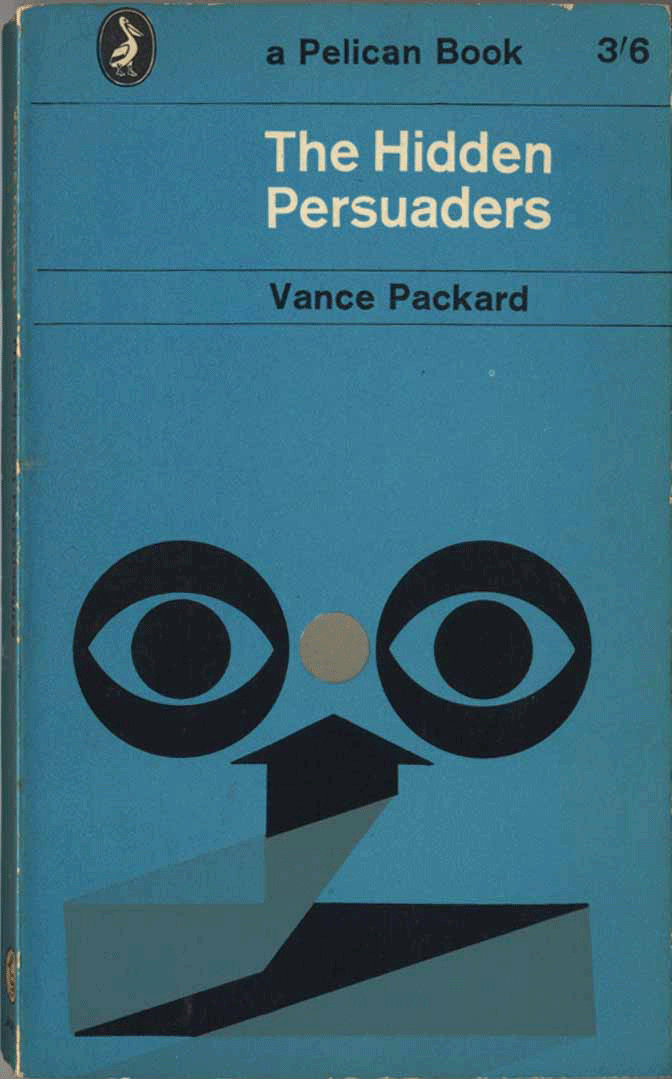
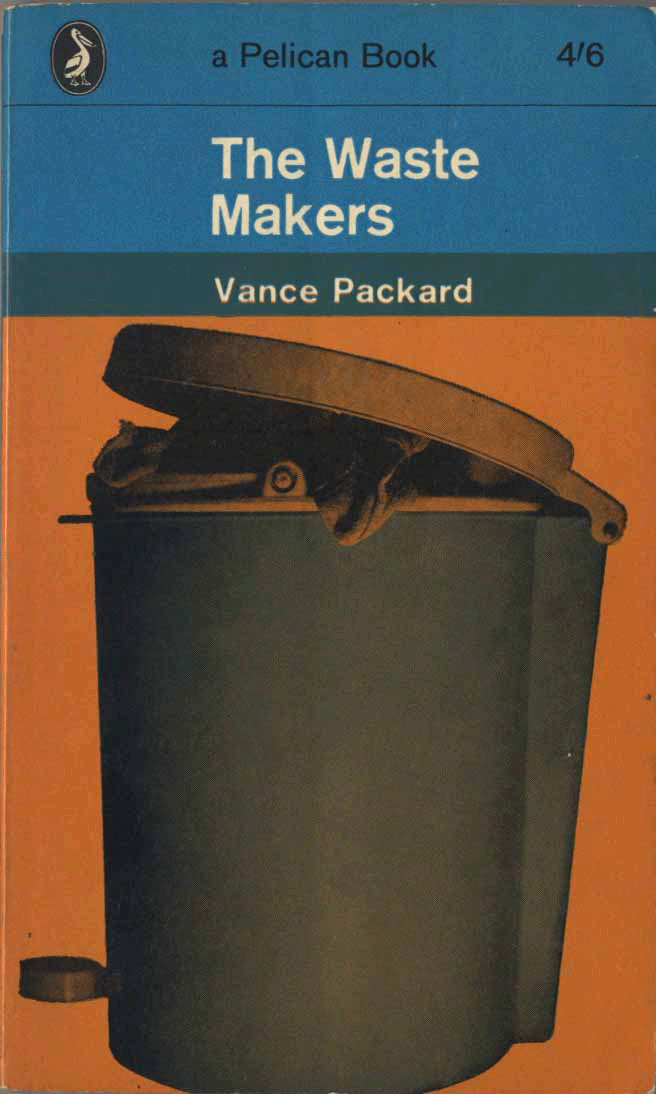
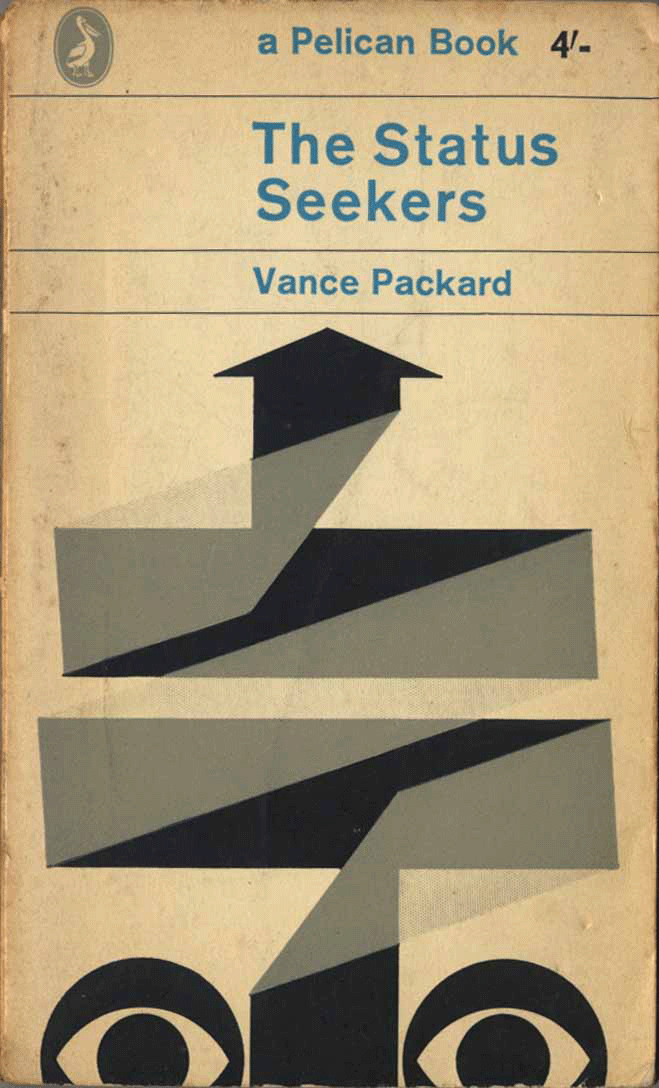
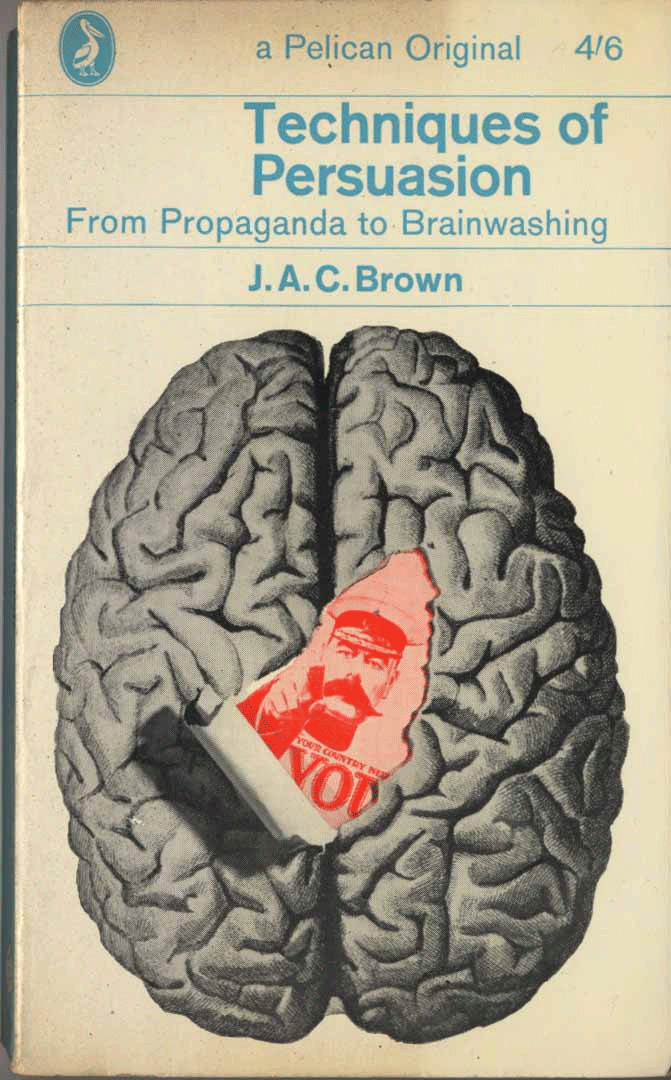
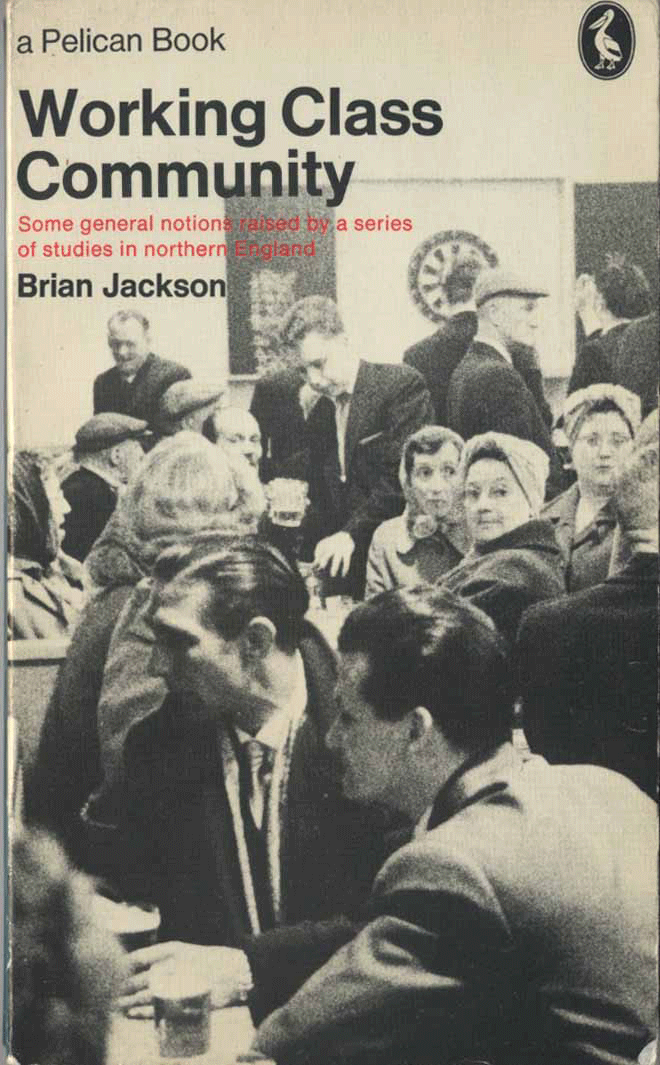
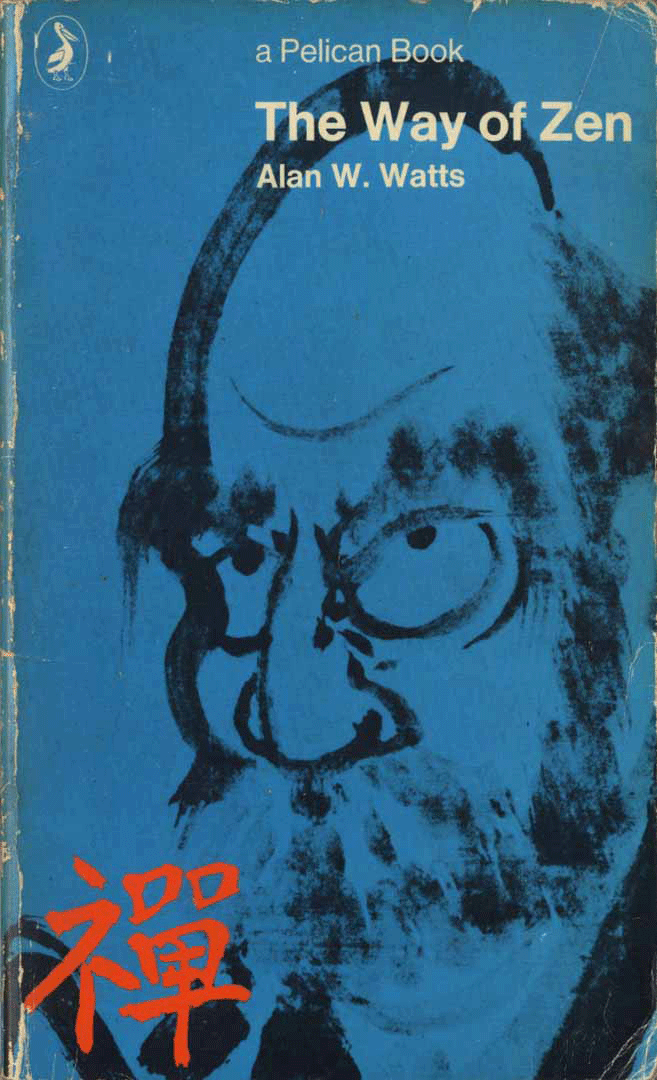
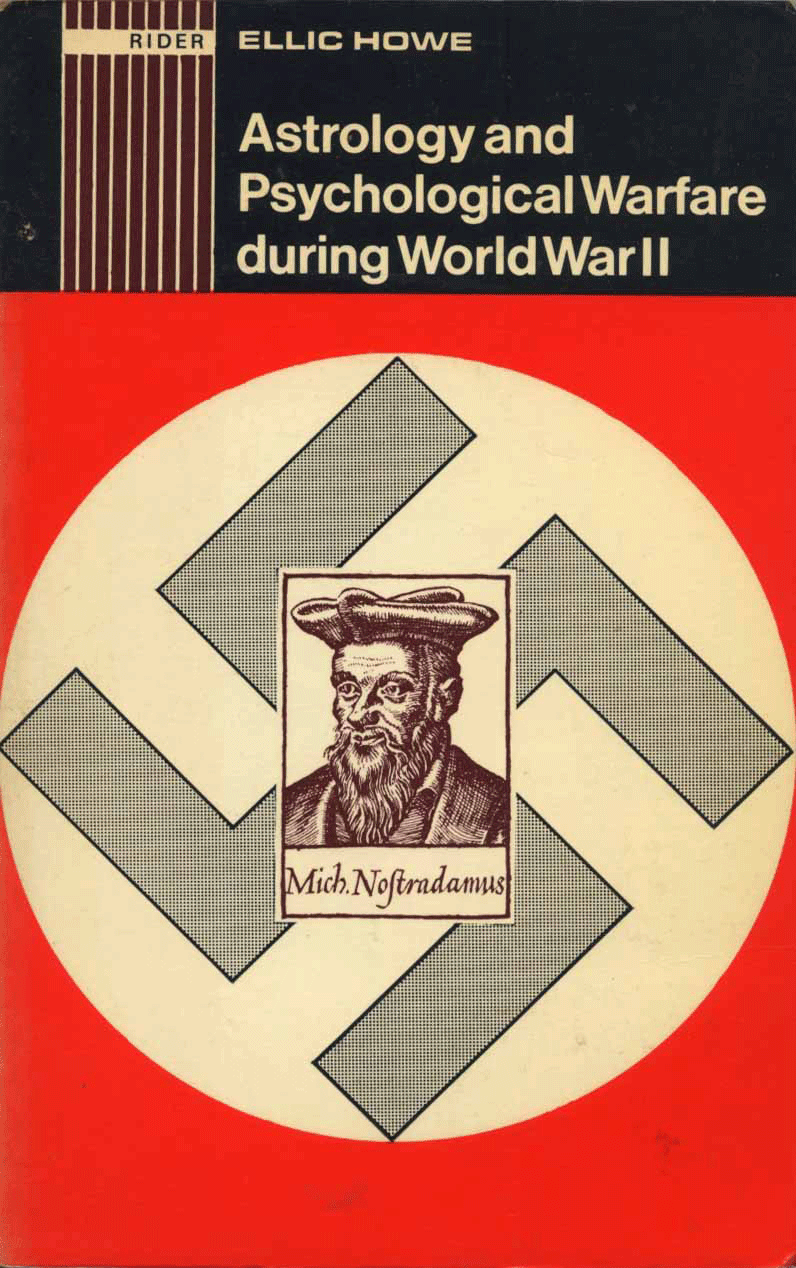
incidentally I’m having real trouble viewing images on this blog in Firefox these days – they just seem to come up as black squares when I’ve tried to save them in photoshop. Can everyone see them apart from me? Explorer and Safari seem fine…
Firefox images fine for me….
phew! are you on a mac or pc?
Big black boxes for me in Firefox on a PC. Incidentally I just posted a link to this on my own blog: http://www.flickr.com/photos/littlepixel/sets/72157594269138651/. So perhaps the Pelican designs are on their way to being over-recycled too. Ah well, they still hold a great deal of power for me: born in the UK to British parents, but relocated to the States when I was an infant, my parents old Penguin and Pelican paperbacks were little artifacts of a place that was both foreign and familiar.
Big black boxes for me too (FF on PC)
Grrrr. OK, I’ll have to see what I can do…
ok – i’ve resaved them as gifs. What a pain in the arse.
Loads of books like this still knocking around our second hand section – all for a quid! Great blog John…
I think the Ellic Howe actually came from Housmans some time in the eighties!
It should go without saying that uncarved.org uses and endorses Housmans… 🙂 hmm actually I should write something about independent bookshops.